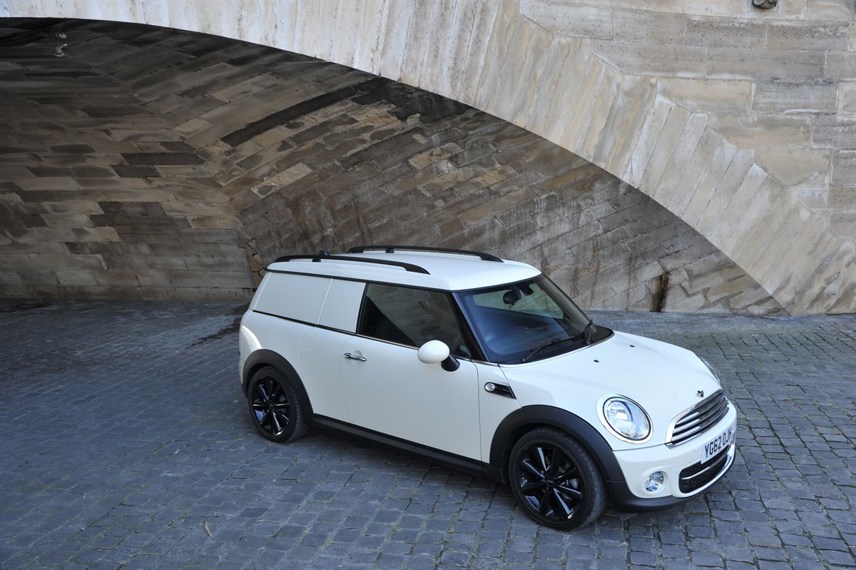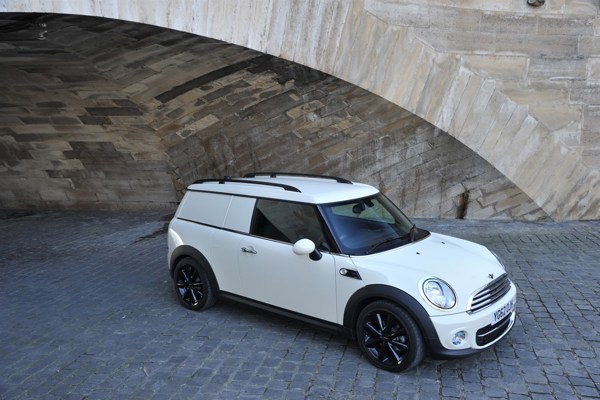Review
Mini has dipped its toes into the LCV market reviving a concept first seen more than 50 years ago. The Mini Clubvan might seem a logical step given that the original Morris Mini van of 1960, but for the current Mini brand as part of BMW Group, commercial vehicles are an alien concept.
It’s probably true that Mini doesn’t aspire to big fleet deals with the Mini Clubvan, instead appealing more to small businesses. But in the niche world of car-derived vans, Mini has created a vehicle that would seem to do the job well, at least on paper.
Prices start at £11,175 (excluding VAT), there is a payload of 500kg (there or thereabouts with a Ford Fiesta van and 50kg lower than a Vauxhall Corsavan), and a load volume of 0.86 cu m – close to the Corsavan’s 0.9 cu m, although further behind the Fiesta van’s 1.0 cu m.
So it isn’t class-leading, but is still competitive while the estate body style inherited from the Mini
Clubman could help improve practicality over its hatchback rivals. The Clubvan load width is never less than 1,020mm, which is better than the Corsavan and Fiesta van measurement between the wheel arches.

Mini is expecting the Clubvan to appeal to “lifestyle focused” businesses, and for whom, perhaps, the distinctive Mini could be an extra marketing tool.
Mini is offering a choice of two petrol engines and one diesel: the 98bhp One; the 122bhp Cooper and the 112bhp Cooper D, the latter achieving 72.4mpg on the combined cycle. It might not be the most economical car-derived van (Vauxhall offer an 83.1mpg version of the Corsavan while Ford has an Econetic version of the Fiesta Van which achieves 76.3mpg), but the Clubvan’s performance and driver appeal are almost ample compensation. Let’s face it, this type of van is more likely to be aligned to an urban cycle fuel consumption figure, which in the case of the Mini is 64.2mpg. Depreciation also reflects that of Mini’s car range, as is slow.

All versions come with six-speed manual gearboxes as standard, although both Cooper and Cooper D variants can be chosen with an optional six-speed automatic.
Our test vehicle was fitted with optional 17-inch alloys (part of the wide range of options available, as well as heated leather seats on ours), which made me worry for any fragile cargo that might be transported over poor urban road surfaces, although the standard 15-inch alloy wheels would offer a less fraught behaviour.
Otherwise the Clubvan is a delight to drive. It is as nippy and manoeuvrable as any car in the Mini range, the engine is refined, and the quality of materials in the cab surpasses any other small van.
There might not be any big fleet deals in the offing, but a number of businesses will certainly see the attraction of this surprisingly likable small van.





 Diesel
Diesel











